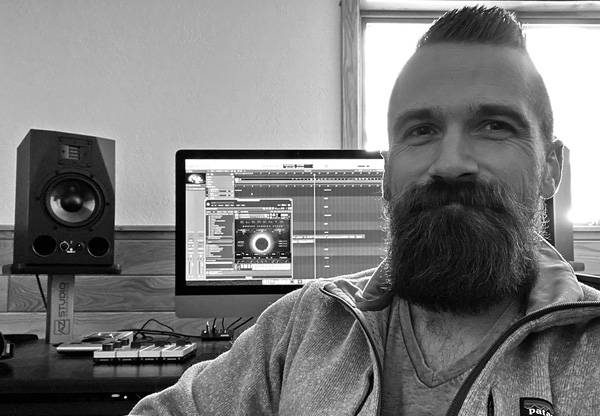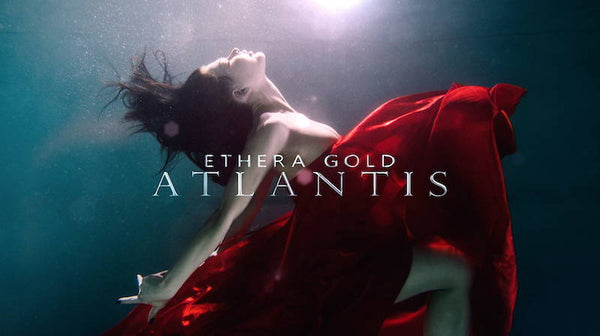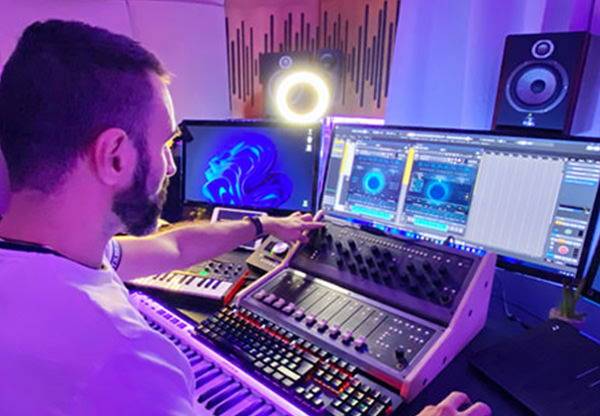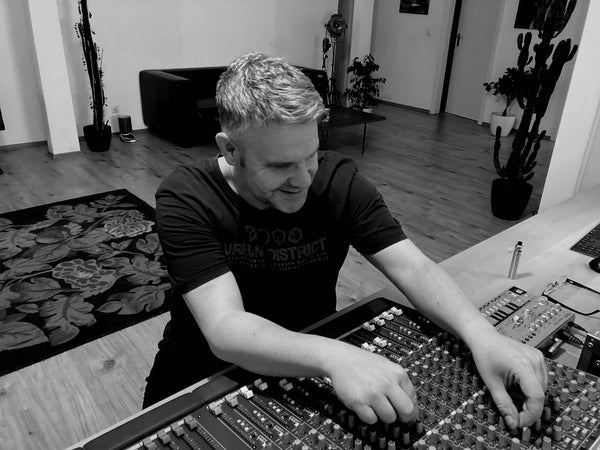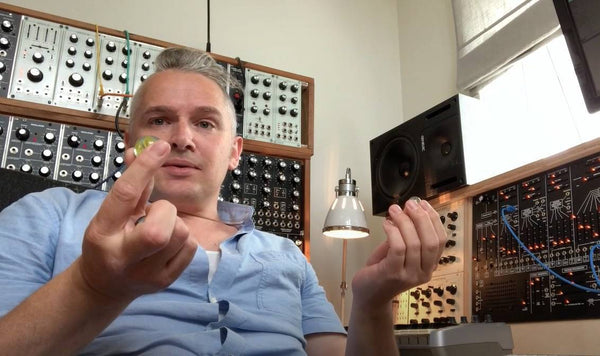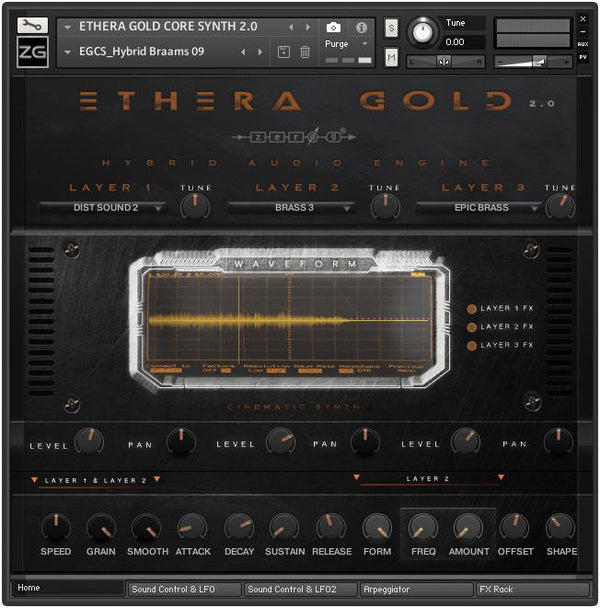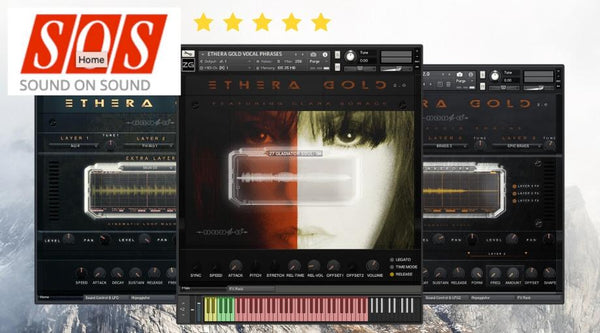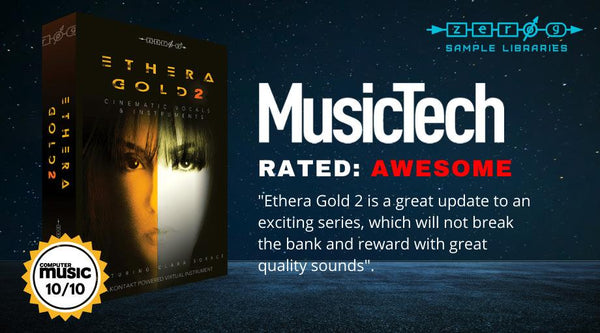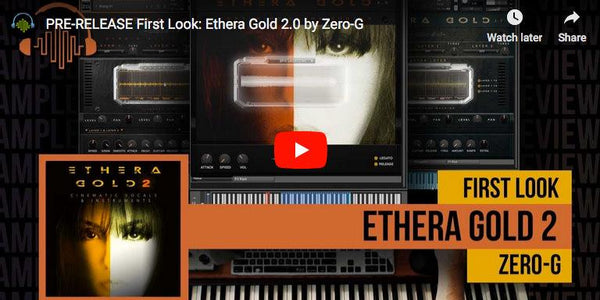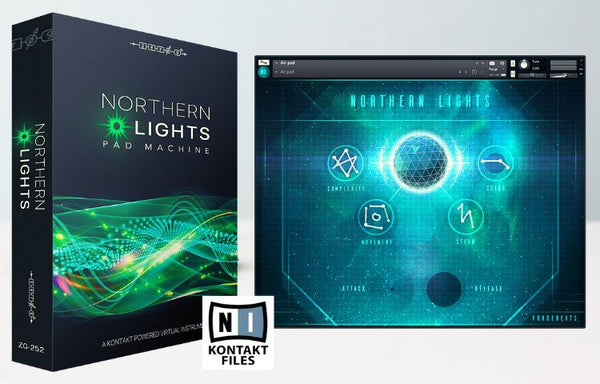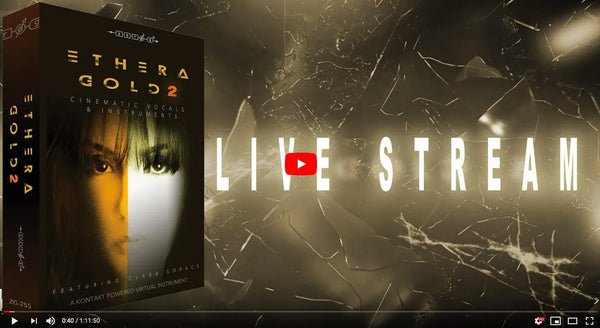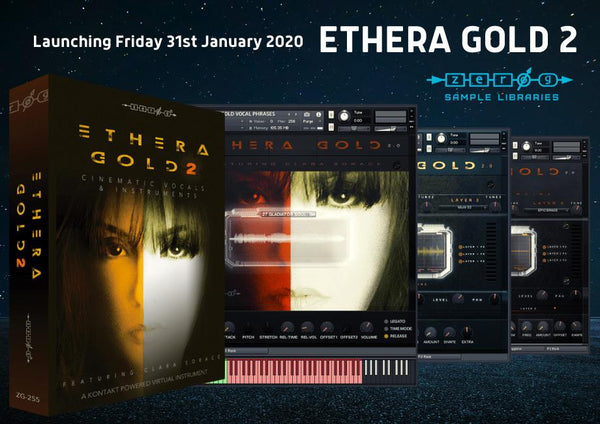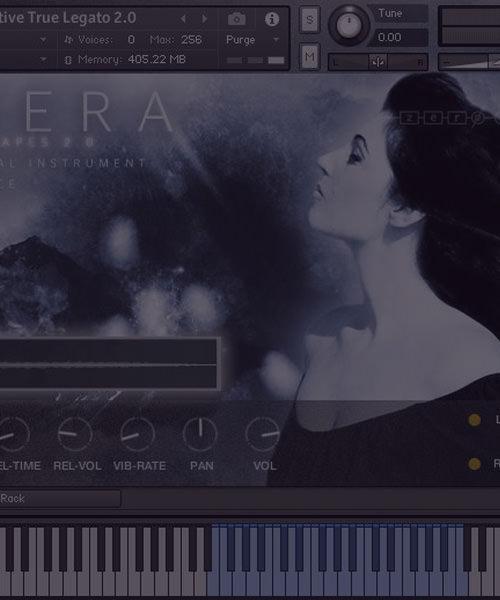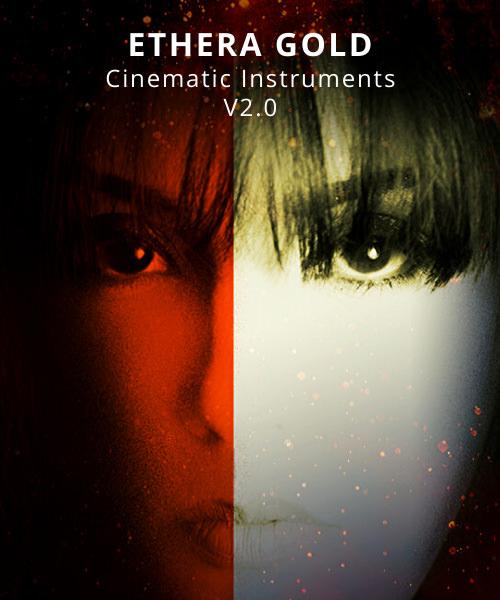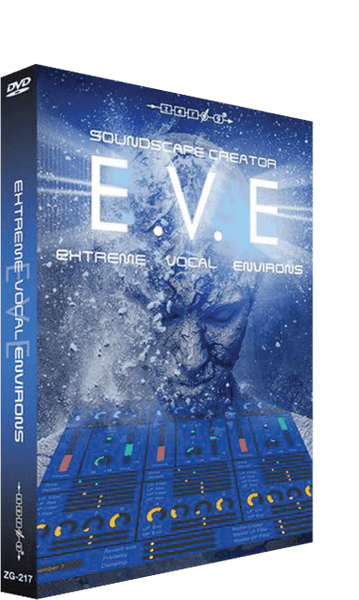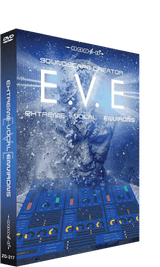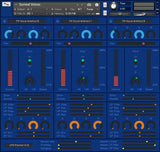Electronic Dance Music DJ, musician and record producer are just a few of Si Begg’s job titles, and when we last chatted, he’d just produced Extreme Environments us at Zero-G. Since that was two years ago, and he’s just released a unique vocal sound design tool ‘Extreme Vocal Environments’ (E.V.E) for Zero-G, we thought it was about time for a catch up.
In this interview, Si gives us the low down on his new library and what he’s been up to since our last chat…
Hi Si, thanks for talking with us today. Last time we spoke to you was back in 2014 when you released ‘Extreme Environments’ – what have you been up to since then, other than working on this new library?
My biggest projects have been scoring two feature films, Kicking Off and My Hero (title TBC) and sound design duties on Rise of the Krays. Kicking Off won best feature at the Raindance Film Festival and is out in April this year. I’ve also been noodling around on some of my own projects which will hopefully see the light of day this year…
Congratulations on the release of Extreme Vocal Environments (EVE), the main concept of this library is that users can create dense and complex soundscapes and ambiences using vocal sources – where did the idea for this come from?
With the original Extreme Environments instrument it was my own personal need, it was something I wanted that didn’t exist so I thought I’d make it! I tended to end up spending a lot of time layering sounds and samples then processing heavily to get what i wanted and it struck me that one Kontakt instrument could do this really easily.
So I started building a library of tones that would work together. That worked well, so then for this follow up, I wanted to explore the idea of using the human voice as a sound source for the whole thing. I’ve always loved choirs and was interested in taking a fresh, more creative look at how you might sample and use the human voice.
So what are the advantages of using vocals as the sound sources?
I feel that, even when heavily processed, the human voice has an inherent “soul” that somehow affects your brain in a way other sounds don’t. So you can get a lot of emotion and humanity out of a single held note that a synth or other instrument doesn’t give you. Also the detail and imperfections in the human voice instantly make things interesting sonically, so its a great universe of sounds to work with.
How would you describe the vocal sources included and where did they derive from?
Basically, I tried to source as large and varied range of human voices as I could, including out takes of various vocal sessions I’ve done, field recordings, my own voice and even my kids’ voices! Then I did a lot of processing, granulating, stretching, vocoding, auto-tuning, distorting etc etc.
I tried to take the voice as far as it can go, whilst still retaining something of the characteristics of what makes up a human voice. So even though the sounds are pretty abstract, somewhere in there is the ghost or after image of a human being.
The Kontakt instrument element of this library makes it a useful sound design tool for creating beds, drones, pads and FX – can you tell us more about the key features of this?
I think what makes it special is the use of very creative impulse responses that power the convolution reverb. So you already have these interesting source samples to combine and play around with, then when you put them through these interesting impulse responses you get instantly, highly characterful sounds that are also put into a huge, rich stereo space or environment.
So, a customer loads EVE into Kontakt for the first time, what’s the first thing you would suggest they do to really get a feel for the potential of the instrument?
Flick through the presets… then start twiddling! Try changing the impulse responses for instant fun. Try different samples and save what you come across.
The library is developed for the full version of Kontakt but also includes Apple Loops and Wav audio loops, therefore is it as useful for someone who doesn’t own Kontakt and if so, how?
I use the Apple Loops a lot in Logic as it’s really quick and easy to drag and drop them into your project for a quick bed or soundscape. Also the impulse responses are provided in a separate folder so you can load them up into NI Reflektor, Logic Space Designer or any convolution reverb you like. I think those alone are a lot of fun and super useful.
How well does this library collaborate with Extreme Environments?
It takes the same principles, but gives you a whole new palette of sounds. So it’s almost like doubling Extreme Environments.
Who do you think EVE is most suitable for and why?
Lots of people! I would say it’s for anyone interested in deep cinematic scoring along the lines of Reznor / Atticus. But then also for fans of immersive electronica along the lines of Boards of Canada or the epic depth of Sigur Ros. Then it also will appeal to sound designers for its great sounds, tones and drones which give instant richness to any project.

